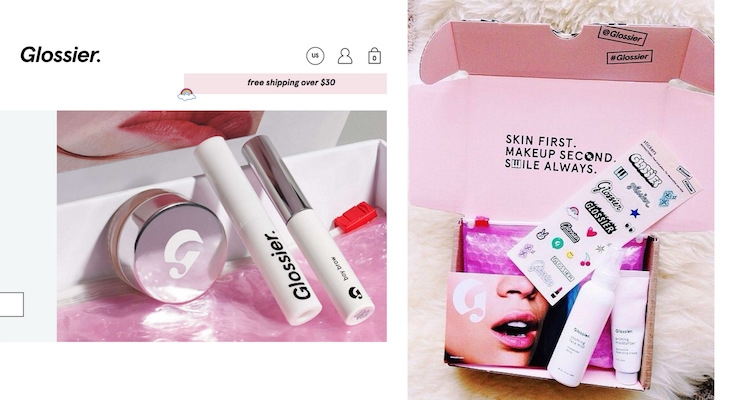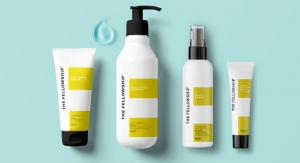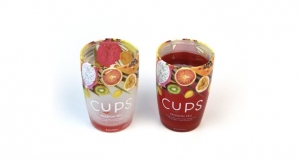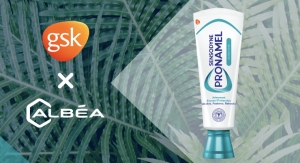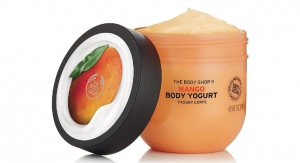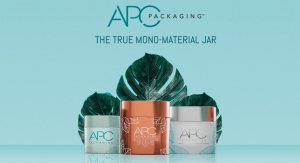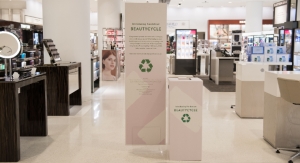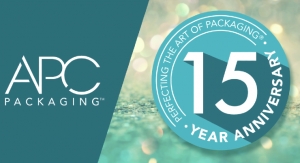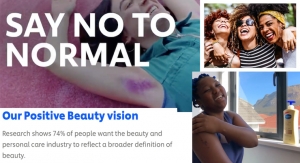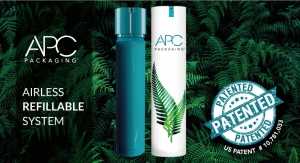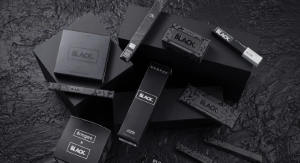Uma Kannappan and Bruce Levinson04.12.18
Consumers are driving fragmentation of the beauty and personal care market through their increasing demand for high quality, sustainable products that also offer targeted benefits and features. With countless new brands springing up to meet these needs, existing brands are facing more competition than ever before.
Packaging Matters More Than Ever
Thoughtfully designed packaging that appeals to the shopper’s senses creates a great retail experience for the consumer while helping companies stand out at both digital and physical shelves and in a crowded marketplace.
Product packaging is often the first interaction with the brand that consumers have, whether this happens online, in-store or any point in-between, so it’s key to get it right. Packaging design consistency across digital and physical consumer touchpoints helps create a singular consumer experience and fulfills consumer expectations that their online experience of the brand will be true to their physical store experience.
Cohesive brand and design elements between the digital and physical product packs allow loyal customers to quickly recognize and buy the products they are looking for, wherever they might be shopping. Syncing up digital and physical product packaging for consistency offers other benefits, including production cost savings and operational efficiencies as well as an easier way to ensure that packaging is up-to-date across marketing channels.
Connected Consumer Experiences Are The Future
As consumers reorder products on an e-retailer site, connect with friends on social media or browse the aisles at their local store, they are constantly bombarded with messages and content from multiple brands. Among all this noise, a company has mere seconds to capture a potential customer’s attention before they are distracted by other brands.
One of the most effective ways to capture shoppers’ attention and convert them from “browse to buy” is through incorporating experiential elements into packaging design. Embossing, debossing, foil stamping and similar tactile and visual effects not only translate well from the physical to the digital world but also reinforce premium or luxury brand positioning. Most important of all, such visual and tactile cues catch a consumer’s eye at the shelf and invite them to engage with the product more deeply, ultimately driving higher conversion.
For beauty and personal care products, the information included on the product packaging needs to be straightforward, transparent and should clearly communicate the features and benefits of the product that are most important to the brand’s target audience.
Digital packaging and associated online product content allow for the opportunity to extend the conversation with consumers beyond what’s possible within the limited real estate of a physical pack. Online capabilities such as 3D animations and computer-generated imagery (CGI), 360 product views, zoom features and video help create rich, immersive product experiences. When used in conjunction with other product content that e-commerce shoppers expect to find online, such as ingredient information, alternate product views and detailed product descriptions, these capabilities help showcase products effectively and address any barriers to purchase.
The demands for connected package applications are growing, driven by always-on consumers who expect more and more information about the products they buy or are even considering purchasing. The physical pack can’t keep up with this demand due to size and space limitations. Leveraging connected package technologies — like NFC (near-field communication), RFID (radio-frequency identification) and QR (quick response) codes — brands have a vast opportunity to differentiate themselves through the types of experiences and information they offer their customers along their path to purchase. These types of technologies allow tags that interact with a consumer’s smartphone, to be seamlessly integrated into physical shelf packaging.
While in-store, the tags can direct shoppers online to promotional offers and additional product and marketing information not found on pack. Key information that consumers consider important to know before they buy, such as ingredient listings and the environmental footprint of brands can also be made readily available online.
Once the product has been purchased and brought home, the tags can direct to content that reinforces positive brand perception and deepens the relationship with the customer. The tags can be utilized again when the customer is ready to reorder, to allow convenient on-the-spot e-commerce replenishment of products. By bridging the gap between the physical and digital worlds, connected package applications turn the limited real estate of the physical pack on its head and open up a world of almost limitless possibilities for brand storytelling and consumer engagement.
Consumers are increasingly shopping on their mobile devices, whether they are on-the-go, in a physical store or at home. Product images and copy intended for consumption on mobile devices should be condensed and optimized to display legibly on the smaller screen sizes while still giving mobile shoppers the key information they need to recognize the correct products and quickly add them to cart. Mobile product images need to be able to stand on their own, even if shoppers don’t read the accompanying text.
Designing for E-Commerce Shipping
Products sold through e-commerce channels face a greater risk of being damaged while in transit. In addition to designing e-commerce packaging for aesthetics and to minimize shipping damage, packaging design needs to take into account the usability of the packaging, which is important to consumers. Some key considerations include how easy the product packaging is to open, use, store and recycle. Product packaging must also allow for sufficient surface area for the information that is important to consumers to be shared.
Taking Control of the Consumer Experience
Consumers can develop deep-seated loyalties to the brands they trust within the fiercely competitive beauty and personal care space, but competition is only increasing with the introduction of startups and new niche brands. The role of product packaging and the additional rich, high-quality product content it connects to online is, therefore, more important than ever. When done well, both digital and physical product packaging help enhance the brand’s reputation, reinforce a consumer’s decision to buy and act as a repurchase reminder, with every consumer interaction.
It’s time for brands to regain control of how their products are depicted at digital shelf and create a compelling brand story across all consumer touchpoints. The brands who do so, stand to gain a bigger piece of the rapidly growing e-commerce pie.
Photo: Glossier's website and packaging -- including its shipping box -- have a consistent look. The e-commerce brand's website even shows images of parts of its shipping materials, such as pink bubble wrap and white boxes. Photo on right, taken from a Glossier Instagram post on Pinterest, according to Atlas.

